Consultation
+370 645 64564
info@bauto.lt
Orders
+370 645 64564
uzsakymai@bauto.lt
Consultation
+370 645 64564
info@bauto.lt
Orders
+370 645 64564
uzsakymai@bauto.lt

We ensure that 35 million in the auto parts database, we have exactly what you are looking for. Autosystem is the fastest and most reliable way to find the right car parts.
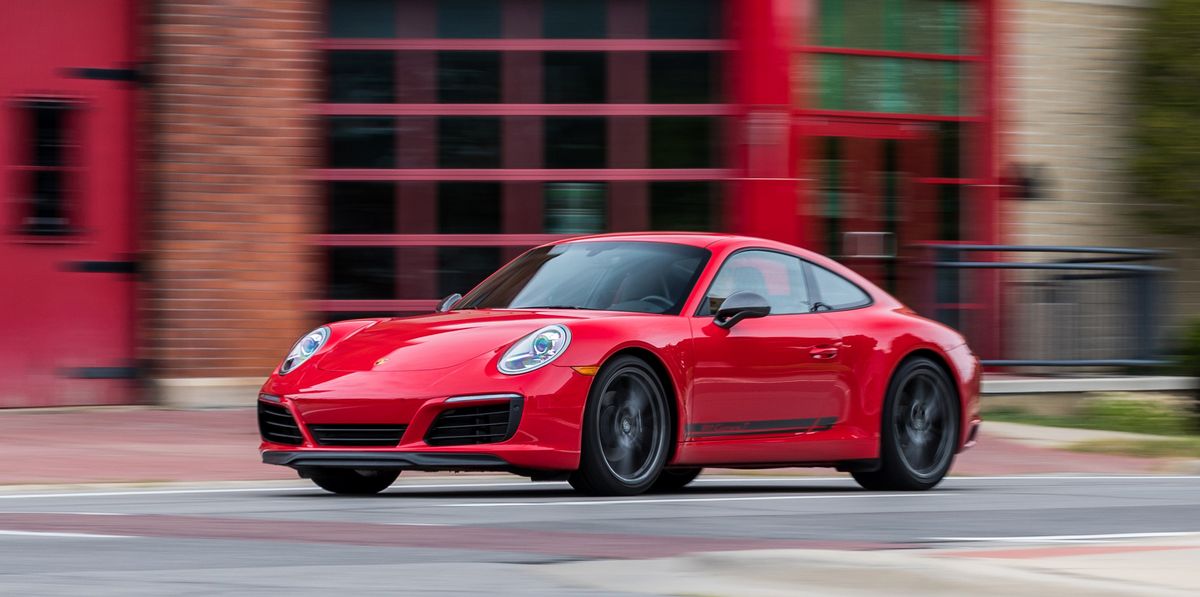
The Porsche 911 car is divided by generations:
Porsche 911 (1964–1974)
Porsche 911 930 (1975–1989)
Porsche 911 964 (1989–1994)
Porsche 911 993 (1995–1998)
Porsche 911 996 (1997–2004)
Porsche 911 (996) facelift (2021–2004)
Porsche 911 997 (2005–2012)
Porsche 911 (997) facelift (2009–2013)
Porsche 911 991 (2012–2019)
Porsche 911 (991) facelift (2015–2019)
Porsche 911 992 (2019–present)

You can find any part for these models by using an OEM number - which is a unique code assigned to the original part by the car manufacturer. Parts marked with this code are made to meet all technical requirements and are approved by the manufacturer as meeting the highest standards. You can find the code on the part itself or in a special database. If you don't know the code, just write to us and we'll send it to you shortly.
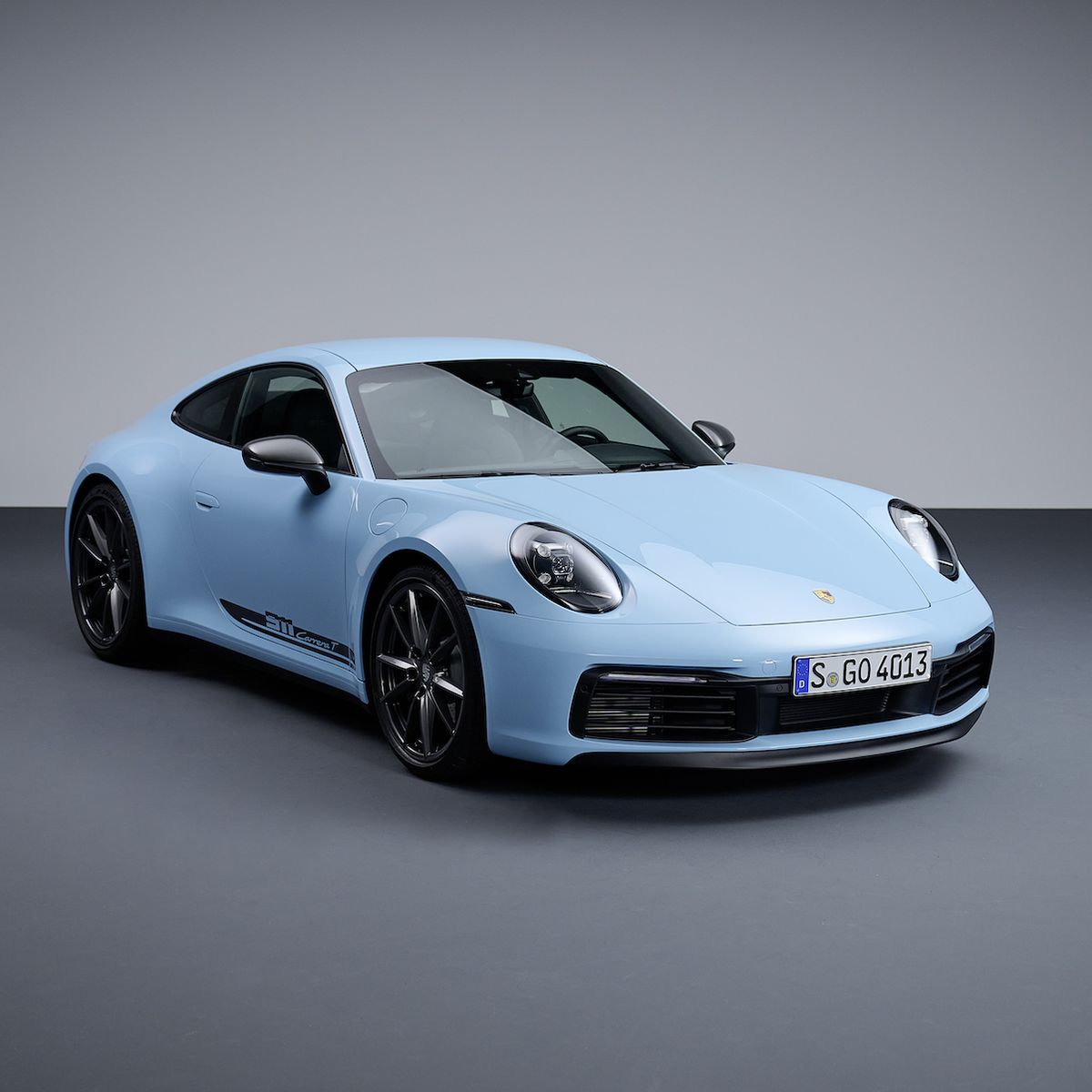
The Porsche 911, already an icon of the Porsche brand, is a two-door sports car that has been produced since 1964 and is now in its 59th year of production. In 2017, the millionth example of this model was produced. The history of the legendary Porsche 911 model is simple - the first Porsche car, the 356, was a commercial success for the young German company, but it needed modernization, so in 1964, the 911 model was introduced. This car is well known for its rear-mounted engines, which were air-cooled until 1998.
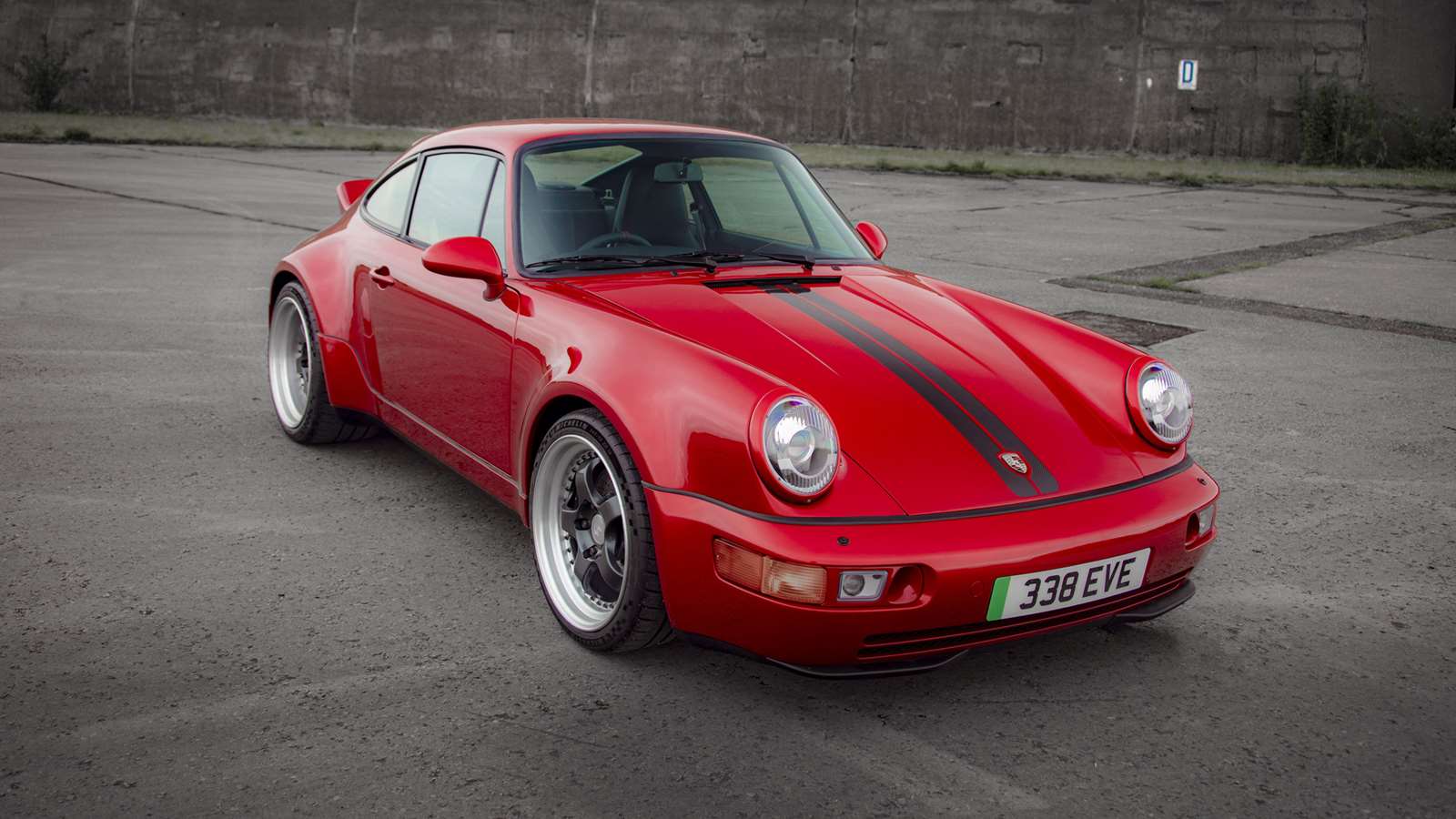
Although you can spot the car driving through the city streets, Porsche 911 is an unbeatable participant in racing competitions. It is considered one of the most successful racing cars. In the 1980s, this car won first places in competitions such as Targa Florio, Daytona, Sebring or Nurburgring.
In the 1999 survey of the century car, Porsche 911 took the fifth place and is one of the two cars that made it into the top five, which were produced continuously. Currently, the 8th generation of Porsche 911 is being produced.
The technical characteristics of different modifications of the Porsche 911 differ, and the table below summarizes the technical data of the 911 models.
Bauto.lt - only new and original car parts. Our auto parts base is one of the largest in Lithuania. Out of 35 million parts, we will definitely find what you need. Here you can buy everything you need for your car.
In addition to the essential parts of the mechanism, we will offer tuning details, comfort equipment, interior and body cleaning tools and accessories for your Porsche 911 car. Enter the OEM code of the required part and buy an original Porsche 911 part at Auto!
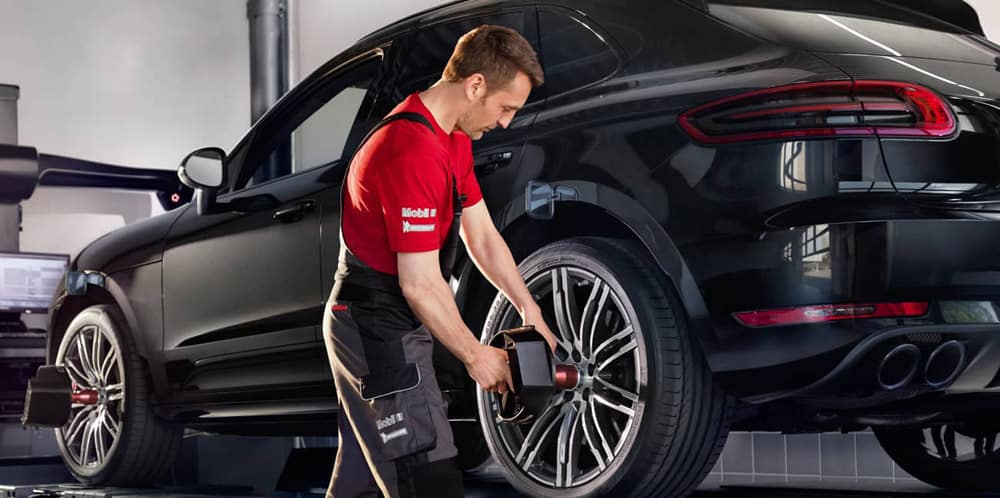
Air-oil separator (AOS) failure
Smoke when starting the engine
Dead battery - when the car is not driven, the battery continues to use energy
Overheating engine
Difficulty pressing the clutch pedal

The Porsche 911 (901) (1964-1974)
The first Porsche 911 was introduced to the world in 1964 and became one of the most iconic sports cars in the world. The Porsche 911 was created as a more powerful, larger, and more comfortable replacement for the company's first model - the Porsche 356.
The design of the first Porsche 911 was created by Ferdinand "Butzi" Porsche, the son of Ferdinand "Ferry" Porsche. Its design was an evolution of the Porsche 356 model and maintained classic Porsche features such as round headlights, a higher roofline, and the same slope at the rear. Furthermore, like the first Porsche, the 911 model also kept the distinctive technical solution - the air-cooled engine located at the rear. These features defined the classic Porsche form.
Speaking of the first generation 911 interior design, it is worth noting that even in 1964 Porsche was able to offer luxury. It featured luxurious leather seats and wooden paneling. In addition, the dashboard had a sound system. The layout of the dashboard is simple and based on a five-dial concept. The uniqueness of the Porsche 911 interior is the ignition key located on the left side of the steering wheel. This decision was made because Porsche engineers thought that by placing the ignition key socket on the left side, drivers would be able to save valuable time starting the car, since they could simultaneously engage first gear with their right hand while starting the engine with their left hand.
The first 911 models were equipped with a 6-cylinder engine. The cars also had an independent four-wheel suspension, which was a big advantage in tackling corners and distributing weight more evenly on the rear wheels, thus providing better traction.
Main features:
B6 engines
Rear-wheel drive
Manual transmission
Specifications:
Model: Porsche 911 (901)
Engine: 2.0L | 2.2L | 2.4L
Horsepower: 140-190
Torque: 175-217 Nm
Transmission: 5-speed manual
Pros:
Luxurious interior
Timeless design
Excellent racing car
Cons:
Air-cooled engine
Expensive restoration
In 1967, Porsche introduced the cabriolet version of the 911 - the Targa, and in 1972, the 911 model became famous in motorsport with the release of the racing version - the Carrera RS 2.7. This version was lighter and more powerful, with no rear seats or door handles inside - leather straps were installed instead.
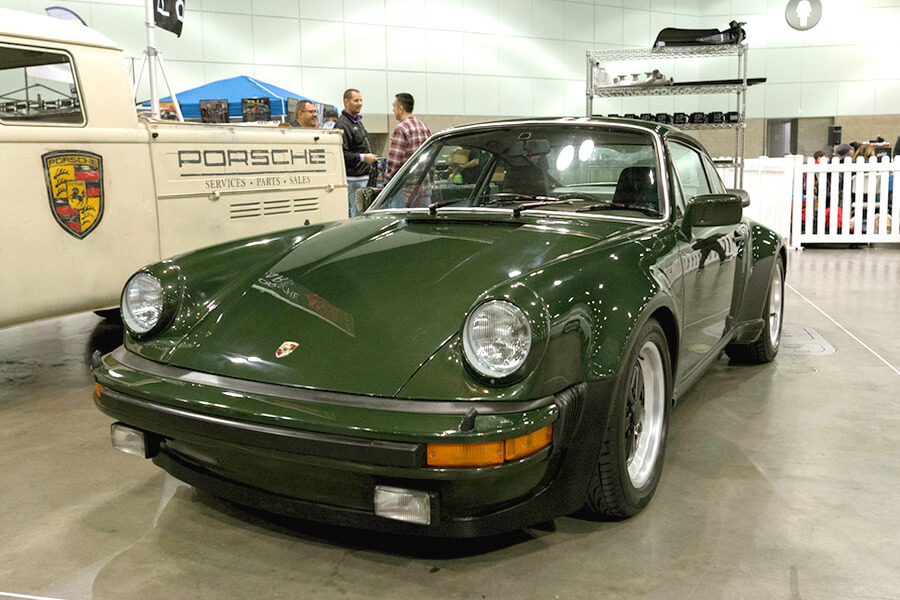
In 1975, the new Porsche 911 930 was introduced, also known as the Porsche 911 Turbo, which was the fastest car made in Germany at the time. Building on its predecessor, this model underwent three essential changes - increased engine displacement (up to 2687 cm), installed bumpers that absorb impact force, and started using the K-Jetronic NVS Bosch fuel injection system. Make sure all relevant keywords are included for effective Google indexing.
In 1975, the new Porsche 911 930, also known as Porsche 911 Turbo, was introduced, and it was the fastest car produced in Germany at the time. Three essential changes were made to this model compared to its predecessor: the engine displacement was increased (up to 2687 cm), bumpers that absorb impact force were installed, and the K-Jetronic NVS Bosch fuel injection system was introduced.
The 911 was reviewed and redesigned to provide more power and comfort. The car's profile remained the same - a nearly vertical front windshield, a curved roof, and a sloping rear window that lined up with the engine hood. However, a new raised bumper with black plastic shock absorbers on the sides was well suited to this car and continued to be installed in other models.
The second-generation Porsche 911 had sport seats in the front and two smaller seats in the back. The five-dial instrument panel provided information about oil pressure, oil temperature, fuel level, a tachometer and a speedometer in the center, and an analog clock on the right. The ventilation controls were located at the same level as the steering wheel and stereo speaker.
Speaking of engines, the Porsche 911 930 had turbocharged, air-cooled six-cylinder engines. This car is very fast, so driving it is also a challenge. Due to the short wheelbase and rear engine, it tends to spin, and the turbocharger lags behind. Under certain conditions, if the accelerator pedal is pressed too hard, the heavy rear of the car sways from side to side like a see-saw, causing the car to spin. After several accidents and deaths caused by unfamiliar driving characteristics, it even earned the nickname "widowmaker." To this day, Porsche employees who drive 911 Turbo models for testing or work purposes must attend "Turbo training."
Main features
B6 engines
Rear-wheel drive
Manual transmission
Specifications
Model: Porsche 911 (930)
Engine: 2.7L | 3.0L | 3.2L
Horsepower: 150-231
Torque: 236-284 Nm
Transmission: 5-speed manual
Advantages
Timeless design
Extremely fast
Disadvantages
Difficult to control

The third generation of Porsche was introduced in 1989. 964 is the internal Porsche code, which refers to Porsche 911 Carrera 2 and 911 Carrera 4 models. Why 2 and 4? It's very simple - these numbers indicate the number of driven wheels of the models, as this 911 generation was the first one with a four-wheel drive system, as well as the first one with an automatic "Tiptronic" gearbox.
The third generation of Porsche was introduced in 1989. The 964 is the internal Porsche code that refers to the Porsche 911 Carrera 2 and 911 Carrera 4 models. The numbers "2" and "4" denote the number of driven wheels, as this 911 generation was the first to feature a four-wheel-drive system, as well as the first to feature an automatic "Tiptronic" gearbox.
The first 964 models to appear in 1989 were the Carrera 4 models with all-wheel drive, and in 1990 Porsche added the rear-wheel drive Carrera 2 variant to the lineup. Both variants were offered as coupes, Targas or cabriolets. In the Porsche 911 964 model, power steering and ABS brakes were first introduced, in addition to the automatic gearbox. Both of these elements were standard equipment.
Externally, the new Porsche 911 bumpers and fog lights were redesigned to improve the car's aerodynamics. To maintain stability on the road, a new electric spoiler was added to the rear of the car, which rises at speeds above 80 km/h. Inside the car, there were not many changes. Significant changes were made to the safety system, as the standard equipment of the 964 model included two airbags, for the driver and front passenger. This model also features a new automatic climate control system, providing better heating and cooling.
The third generation of the Porsche 911 models featured a six-cylinder engine, producing 260 horsepower and equipped with the latest systems that allowed for such a high power output at the time. The Carrera 4 all-wheel-drive system has self-locking differentials, which allows the car to accelerate from 0 to 100 km/h in 5.9 seconds. The new suspension system in the cars helped to develop higher speeds in corners.
Main features
B6 engines
Rear-wheel drive | All-wheel drive system
Manual and automatic transmissions
Specifications
Model: Porsche 911 (964)
Engine: 3.3L | 3.6L
Horsepower: 250-360
Torque: 310-520 Nm
Transmission: 5-speed manual | 4-speed automatic
Advantages
Equipped with an all-wheel drive system
Automatic transmission now available
Disadvantages
Long-warming engine
In 1990, a special racing version was created based on the Porsche 964 for the new Porsche Carrera Cup, named the 965 Cup. This model had an increased power output of 11 kW - up to 195 kW (265 hp), welded-in roll cages, modified suspension, and a 55mm lower ride height than the standard versions.

In 1995, Porsche 911 underwent a major update and the fourth generation, with a codename 993, was introduced. Some people consider the 993 as the last true 911 model. It is a blend of old and new school, characterized by sufficient comfort for daily use and good operational properties.
In 1995, Porsche introduced the fourth generation of the 911, codenamed the 993, which was significantly updated and considered by some to be the last true 911 model. It was a blend of old and new school design, featuring sufficient comfort for daily use and excellent driving dynamics. Porsche claimed that each part of the car, including the engine, was created from scratch, with only 20% of parts carried over from the previous generation.
The 993 was a major improvement and departure from its predecessor. The base 911 model had the same round headlights with "bug eyes" and the distinctive Porsche 911 silhouette. However, the automatically-deploying rear spoiler was increased in size, and the wheel arches were significantly widened, along with more aggressive front and rear bumper designs. The interior remained largely unchanged.
The "VarioRam" system was introduced on this model, increasing the car's power output by 15%. This was also the first 911 model to feature a 6-speed manual gearbox and the last to use an air-cooled engine. Almost all variants of the model had a completely redesigned 3.6-liter six-cylinder engine.
Main features
B6 engines
Rear-wheel drive | All-wheel drive
Manual and automatic transmissions
Specifications
Model: Porsche 911 (993)
Engine: 3.6L | 3.7L
Horsepower: 272-435
Torque: 330-540 Nm
Transmission: 4-speed automatic | 5, 6-speed manual
Advantages
Powerful brakes
Great traction
Disadvantages
Frequent complaints about wiring connections (wires tend to crack)
Common issue - faulty door construction
The 993 generation of the Porsche 911 is often considered the best and most desirable 911 series car, not only for its beauty but also for its excellent driving characteristics, even by today's standards. It is referred to as "the last thoroughly refined modern classic"; "the last refreshing breath Porsche gave to the world" and "elegance and muscle in one."
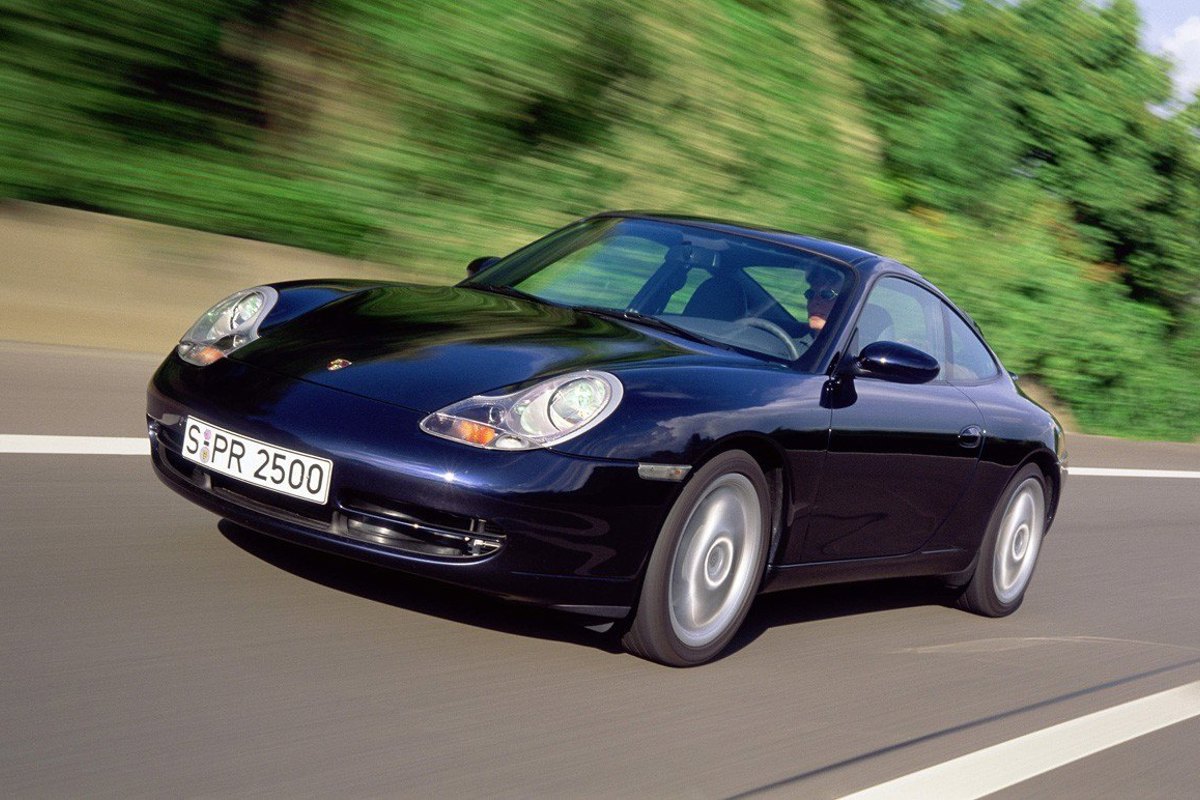
The 1997 model of the Porsche 911, which was the fifth generation and known as the 996, has little in common with its predecessor. It features a completely new chassis platform, which had not been changed since the original 911, and a new water-cooled engine. This was a significant technical change that distanced the 996 model from the original 911.
Although technologically the Porsche 911 model took a big step forward, unfortunately, not everyone liked its design and it received a lot of criticism. Most of it was directed at the unusual shape of the front headlights, which no longer resembled the round "bug eyes" that had become a distinctive feature of the earlier models. The biggest difference was that the turn signals were no longer located on the bumper but at the bottom of the headlights. The completely new platform, which had a more curved front windshield and a lower body, also had a significant impact on the car's appearance. The profile, with a smooth body without any wheel arch enlargements, looked neat.
Inside the fifth-generation Porsche 911, there was a standard stereo speaker and air conditioning. The basic models do not have many luxury features, but they are included in the optional equipment list. The standard seats can be replaced with electrically adjustable leather seats. This is also the first Porsche 911 with a center console.
Under the hood, the biggest change was the switch to a water-cooled engine. The engine had a working volume of 3.4 liters and a power of 300 horsepower. In 2002, the engine's working volume was increased to 3.6 liters, and the power increased to 320 horsepower.
Main features
B6, H6 engines
Rear-wheel drive | All-wheel drive
Manual transmission
Specifications
Model: Porsche 911 (996)
Engine: 3.4 L | 3.6 L
Horsepower: 300-360
Torque: 350-370 Nm
Transmission: 6-speed manual | 5-speed automatic
Advantages
Great new platform
Praised for impressive handling, reliability, and practicality
Affordable on the used car market
Disadvantages
Controversial headlight design changes
Infamous for catastrophic engine failures
Porsche 911 (996) facelift (2004-2021)
In 2002, the entire Porsche 911 996 range was updated. The cars featured a new pair of front headlights – the yellow turn signal lens was replaced with a clear one, and more powerful engines were installed, adding 20 horsepower. Inside, the main difference was the sound and video system, which included a digital AM/FM stereo and a CD player.
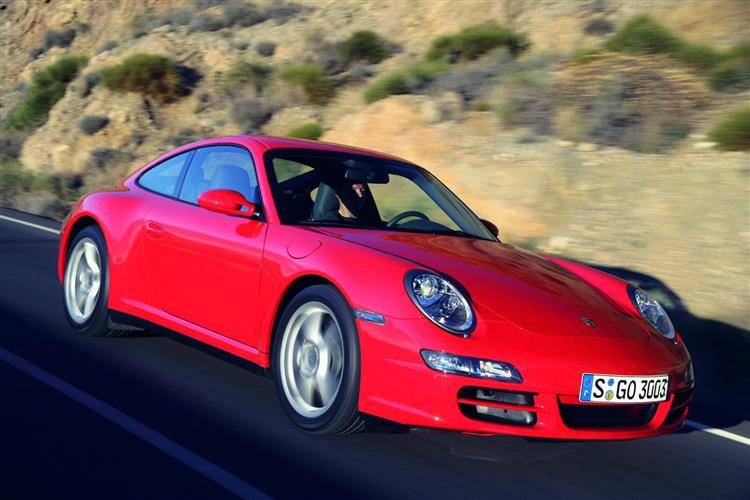
Year 2004 marked the return of the sixth-generation Porsche 911, which focused more on performance and sacrificed some of the comfort that was offered by its predecessor, the 997. With this model, the beloved "frog-eye" headlights also made a comeback - the distinctive, round Porsche lights.
The sixth generation Porsche 911 was released in 2004, returning to performance and sacrificing some of the comfort offered by the 997 predecessor. The iconic "bug eyes" of the Porsche returned with this model, distinguishing it from the previous 996 model.
The 997 model is very similar in shape to the 996, and the most obvious difference is the front headlights. Experiments with the previous Porsche model did not justify the changes, so the classic "bug eyes" were brought back and the turn signals returned to the bumper. While almost a third of the parts in this model are new, technically they are similar. One of the engineering changes was a slight increase in power.
Inside, everything looks similar, with the 911's style maintained, but there are also a lot of differences. There is a new steering wheel, a new information and entertainment system, and new sport seats. With the installation of 6 airbags, the 997 generation improved the safety system of the Porsche 911. The "Porsche Communication Management" system was supplemented with a DVD-based navigation system and a 9-speaker stereo system, which was offered as additional equipment.
Under the hood, the Porsche 911 997 had a couple of engine options - some modifications had a 3.6 liter boxer six-cylinder engine producing 325 horsepower, while in the S versions a 3.8 liter engine producing 355 horsepower was installed, which is 30 horsepower more than the non-S versions.
Main features
B6, H6 engines
Rear-wheel drive | All-wheel drive
Manual and automatic transmissions
Specifications
Model: Porsche 911 (997)
Engine: 3.6L | 3.8L
Horsepower: 325–355
Torque: 370–400 Nm
Transmission: 5-speed automatic | 6-speed manual
Advantages
Excellent brakes
Good build quality
Return to classic design decisions
Disadvantages
Sparse standard equipment
Expensive maintenance costs
The Porsche 911 (997) received a lot of positive reviews in the world's automotive press. Even British automotive journalist Jeremy Clarkson, who generally dislikes Porsche cars, noted that the 997 "will love your fingers and excite your soul."
Porsche 911 (997) facelift (2009-2013)
In 2008, the 997 model was updated. The new 997 received a new direct-injection engine, an updated suspension system, a larger air intake on the front bumper, updated front and rear lights, and AWD models were equipped with a light-reflecting strip between the rear lights. In addition to all this, the exterior mirrors were enlarged, the sport exhaust pipe was redesigned, and the information and entertainment system was updated.

In 2012, the seventh generation of the 911 was introduced. Although it is difficult to notice significant differences from the previous generation model, this one is built on a new platform, is longer, has a longer wheelbase, and is wider.
In 2012, the seventh generation of the Porsche 911 was introduced. Although there are few noticeable exterior differences from the previous generation, this model is built on a new platform, is longer, has a longer wheelbase, and is wider. One of the main features that sets the 2012 Porsche 911 apart is its round front headlights and white DRL strips installed on the bumper. Three air intakes separated by the strips in the bumper enhance the sporty look of the car, but the overall shape of the car remains almost unchanged, which distinguishes the 911 from other cars. As with many other 911 models, a spoiler is installed at the rear of the car, which raises at high speeds to improve stability. The car has lost a considerable amount of weight due to the use of high-strength steel, aluminum, and some other composite materials, reducing the weight of the car by 45 kg.
The interior is more focused on luxury than on practicality. The new instrument panel still has a central tachometer, but on the left side of the analog gauge circle, a TFT screen is integrated.
The base version of the Porsche 911 991 uses 3.4 liters, 350 horsepower, and 3.8 liters with 400 horsepower engines. The latter can reach 100 km/h in 4.3 seconds. All 911 Carrera and 911 Turbo models can be equipped with the PDK 7-speed gearbox, which has manual and automatic modes. From 1 to 6 gears, it has a sporty transmission, and the highest speed is achieved in the 6th gear. The 7th gear helps to reduce fuel consumption while maintaining low engine speeds.
Main features:
H6 engines
Rear-wheel drive | All-wheel drive
Manual and automatic transmissions
Specifications:
Model: Porsche 911 (991)
Engine: 3.4L | 3.8L | 4.0L
Horsepower: 350–560
Torque: 390–700 Nm
Transmission: 6-speed or 7-speed manual | 7-speed PDK
Advantages:
Powerful yet comfortable for everyday use
High-quality and luxurious interior
Extremely comfortable front seats
Disadvantages:
Limited space for rear passengers
Expensive optional features
Porsche 911 (991) facelift (2015–2019)
The Porsche 911 991 was updated in 2015 with a facelift version that introduced a new style, including updated front and rear bumpers, new dual exhaust pipes, and new front and rear lights. Additionally, as an option, a completely new 3.0L engine with twin turbochargers was offered. This was the first time that the base 911 models had turbocharged engines.

The Porsche 992 is the eighth, and so far the last, generation of the 911 in production. It is not surprising that it is significantly improved compared to the previous generation model.
Compared to its predecessor, the Porsche 911 992 is 45mm wider and now features aluminum body parts. The 992 also has a new rear bumper with larger exhaust pipes than its predecessor. The front of the car is designed to modernize the appearance of the early 911. This generation features modern, electric pop-out door handles, a retractable rear spoiler (only for certain models), and LED headlights. There is also a full-width, extending strip of taillights.
In addition, the 8th generation 911 models have new safety features such as a lane departure warning system and a traffic sign recognition system. At night, the night vision assist uses a smart thermal imaging camera to detect people and animals and alert the driver.
The interior of these models has also undergone significant changes but has returned to the classic 911 model features. The dashboard has been redesigned to be flatter and reminiscent of the shape of the dashboards in older 911 models. Despite two 7-inch digital screens, an analog tachometer has been retained, also as a nod to the classic 911 models.
The engines of the new 992 models feature piezo injection and a revised intake system. At launch, the only available transmission was an 8-speed PDK dual-clutch gearbox, but now 7-speed and 6-speed manual gearboxes are also available. The more powerful 911 Carrera S and 911 Carrera 4S models are equipped with a six-cylinder turbocharged opposed engine producing 450 horsepower.
The goal is to translate the text from Lithuanian to English while keeping the keywords effective for Google indexing.
Main features:
B6, H6, L6 engines
Rear-wheel drive | All-wheel drive
Manual and automatic transmissions
Specifications:
Model: Porsche 911 (992)
Engine: 3.0L | 3.8L | 4.0L
Horsepower: 385-650
Torque: 450-800 Nm
Transmission: 6, 7-speed manual | 7, 8-speed PDK
Advantages:
Great engines
Excellent handling
Disadvantages:
Particulate filter muffles the exhaust note
Not as engaging to drive as previous models





